
Dräger Heeresatmer
War Machine of the Second World War
This comprehensive page deals with the Heeresatmer or translated as the breathing apparatus of the army. The breathing apparatus was developed between 1934 and 1936 through a collaboration between Auer and Dräger. Its development is described in detail at the bottom of this page. Equipped with breathing hoses worn under the arm, it is identical to the industrial apparatus KG210, of which a separate page is available. Dräger developed more than 16 prototypes before it was approved by the army. The unit was developed as a unit device because a requirement was that the gas mask standardised as a unit should also fit this unit. The unit equipped with a lung-controlled dosing system and a bypass supplies the user with 1.5 lter of oxygen from a 1-litre oxygen cylinder at 150 bar. The 1-hour use device was subjected to the most extreme experiments before being accepted by the army. The high-pressure connection distributes the oxygen to 3 tubes. The first tube loops to a warning system that works with a metal membrane. If the bottle is not opened, the exhalation will produce a sound signal to warn the user to still open his bottle. The second tube loops to the lung-controlled liver that dispenses breath-controlled oxygen. The third tube loops to a manometer with speigel, which allows the user to read the pressure in the cylinder. A detailed description of the development of the Heeresatmer will be added to this page later.
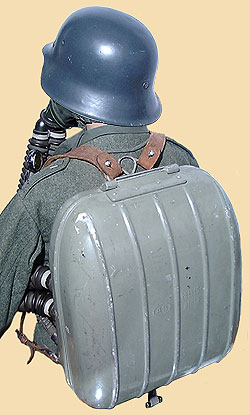
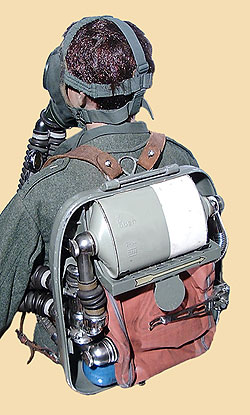
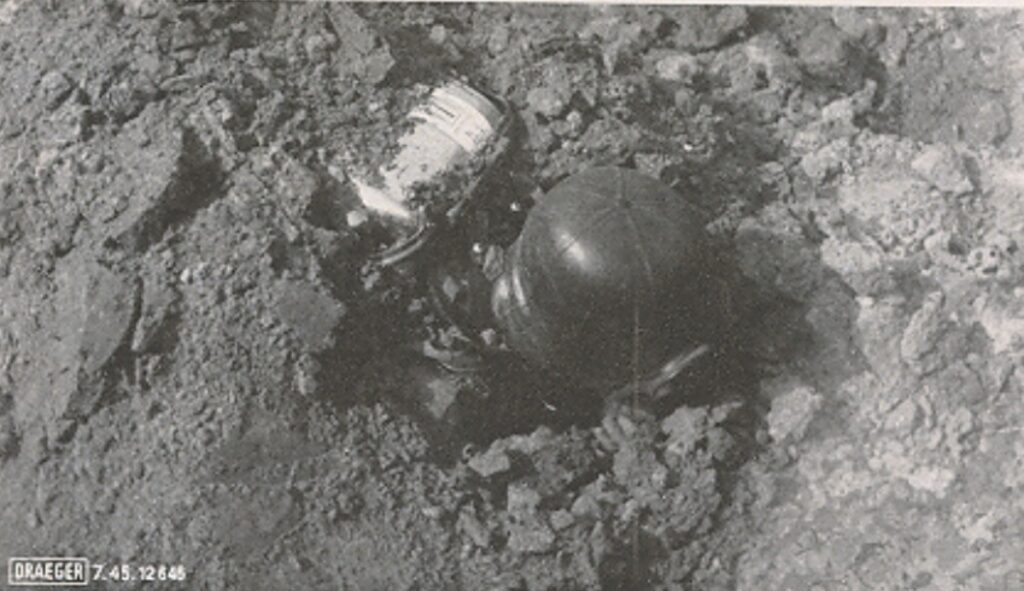
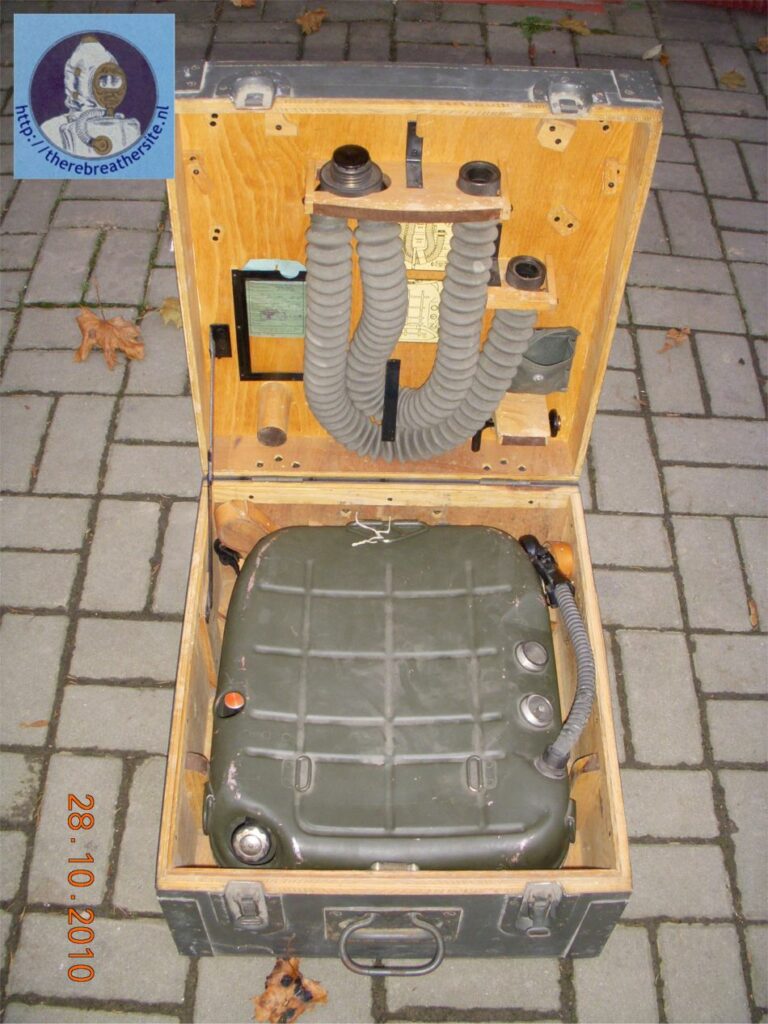
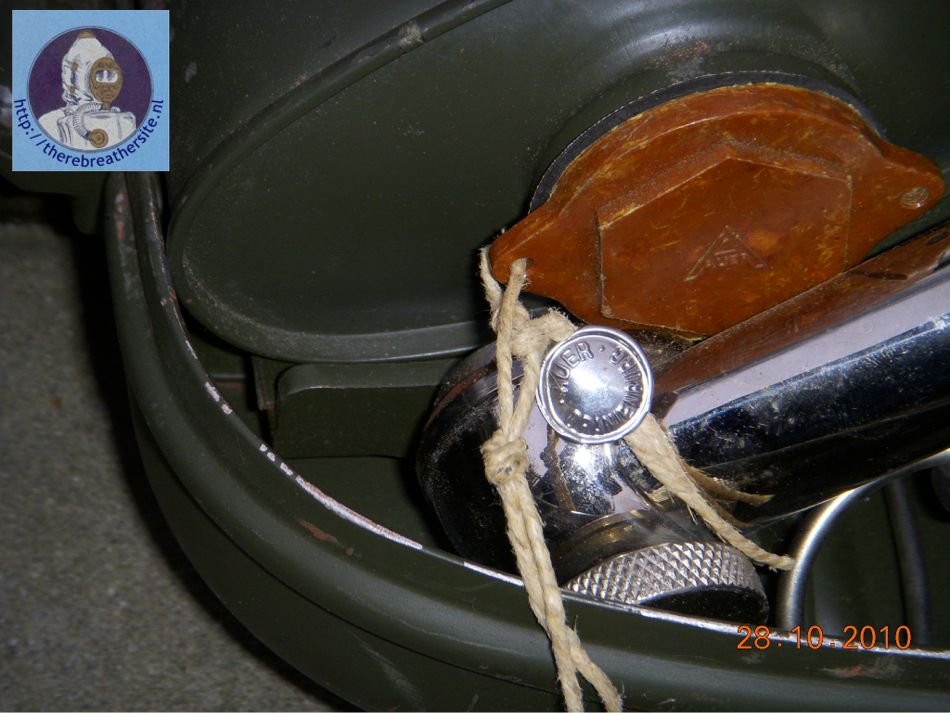
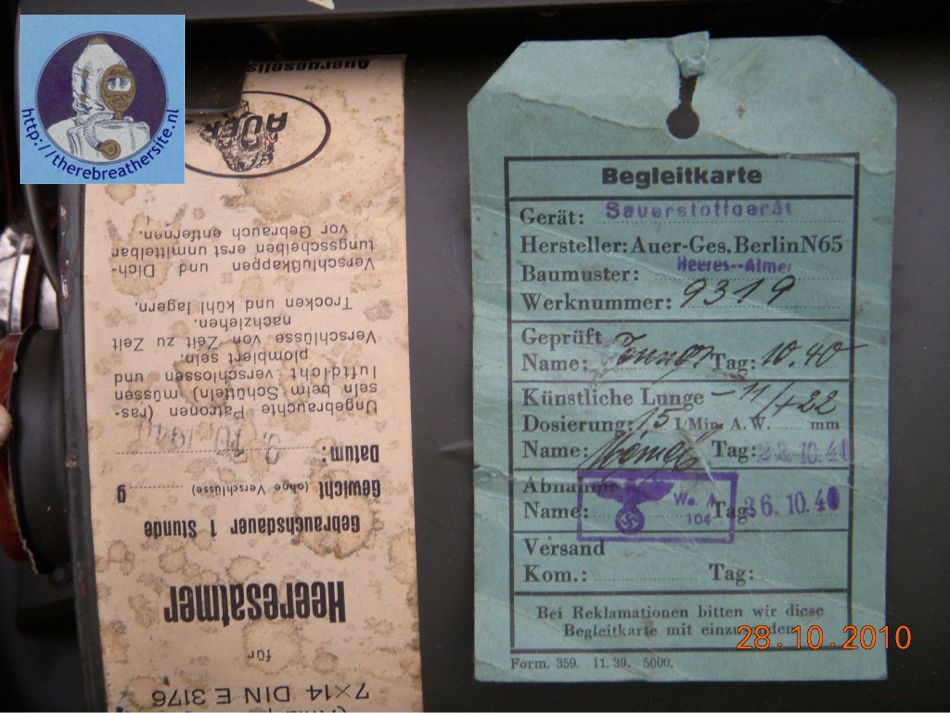
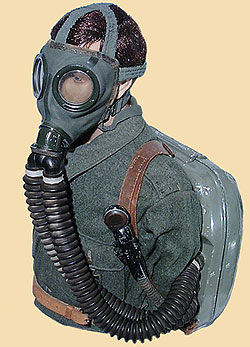
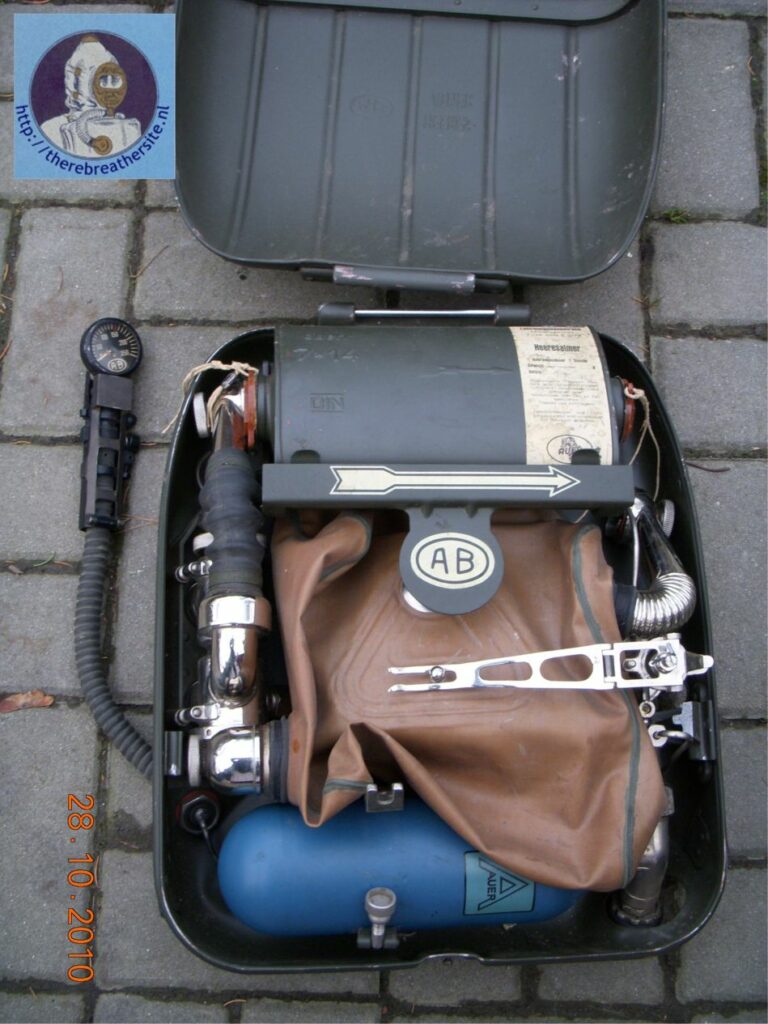

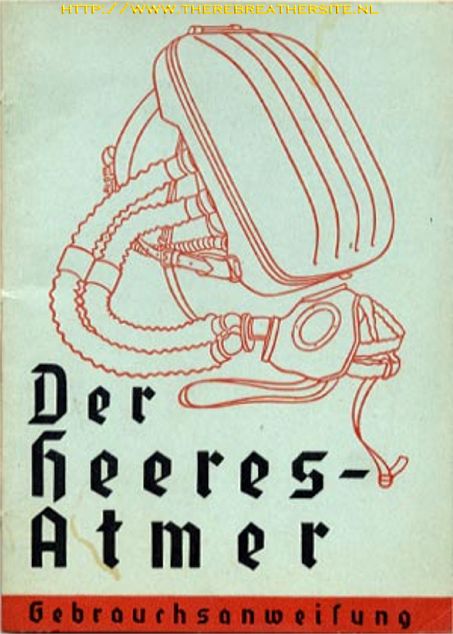



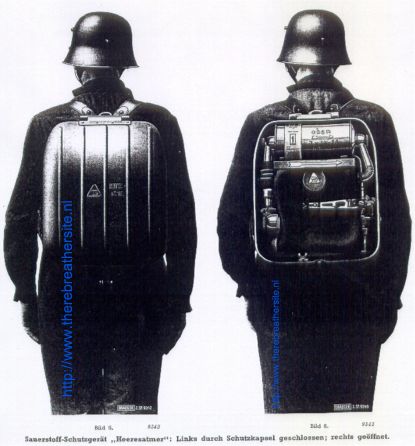

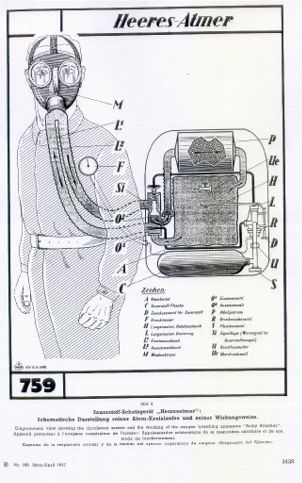
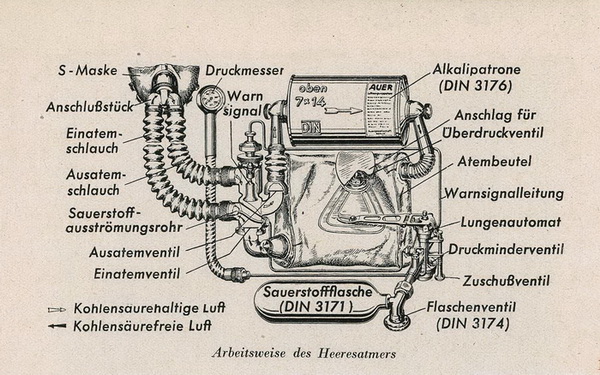
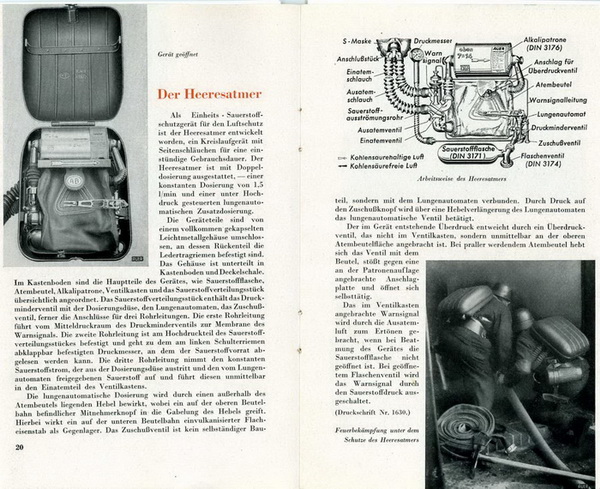
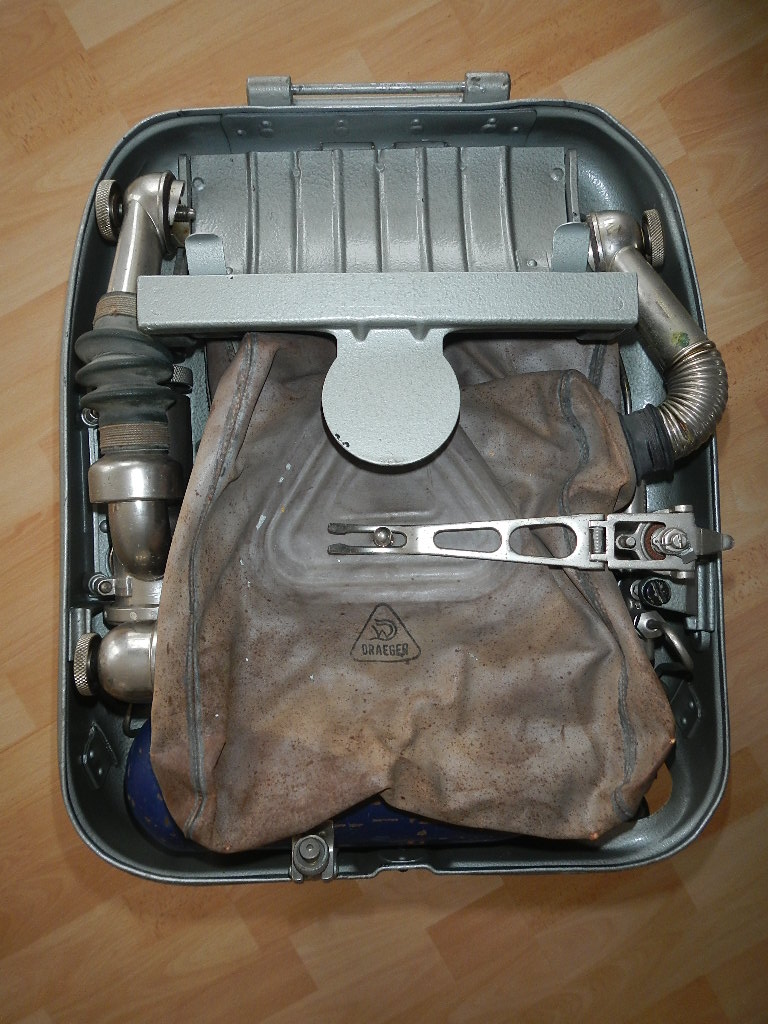
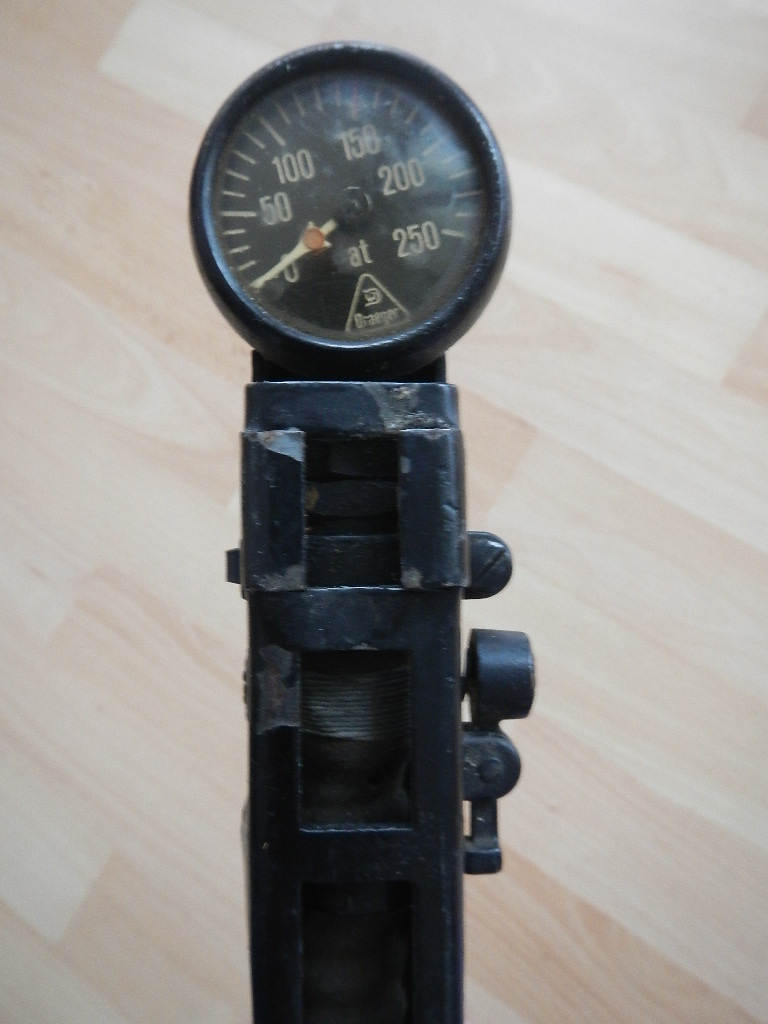
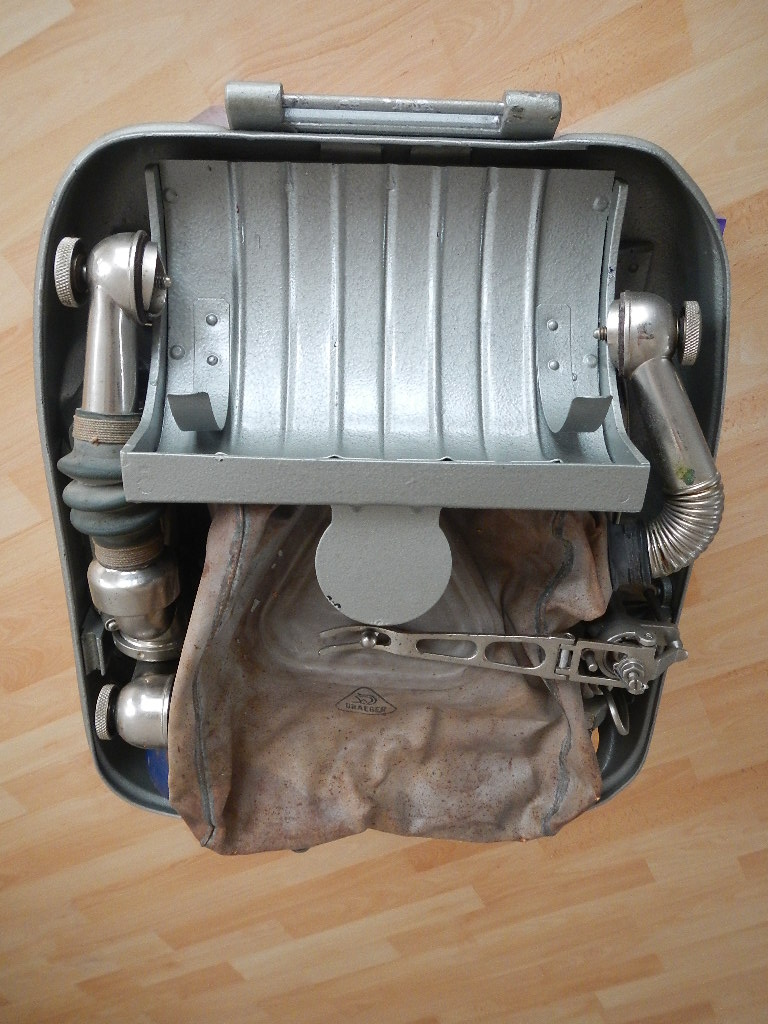
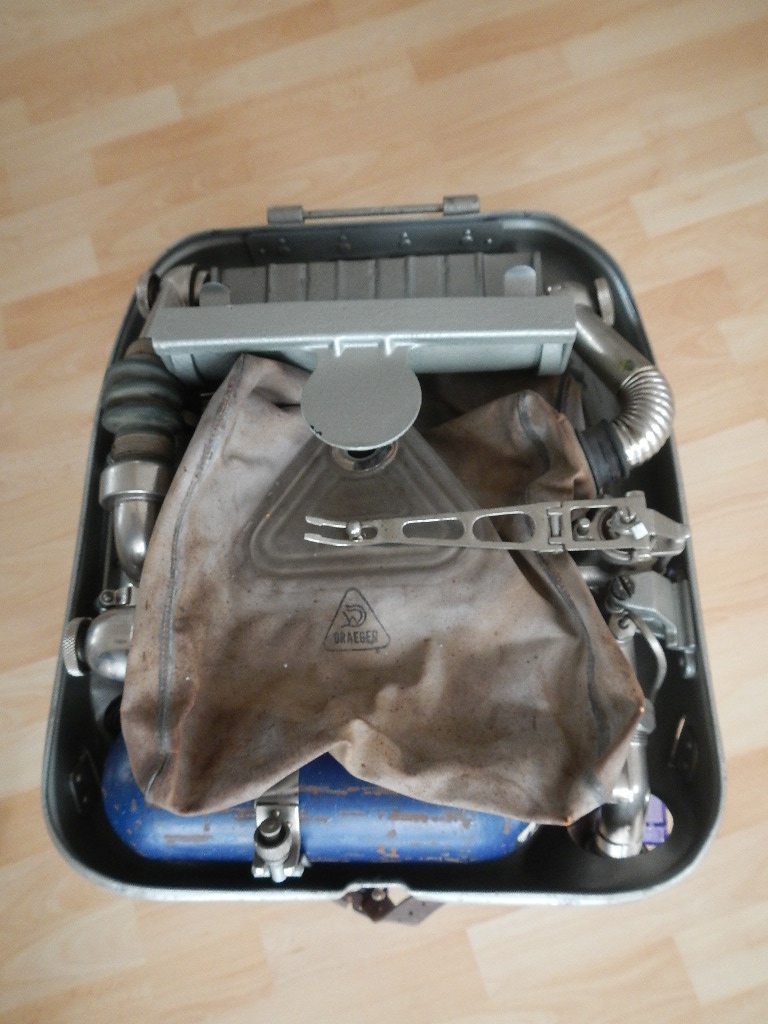
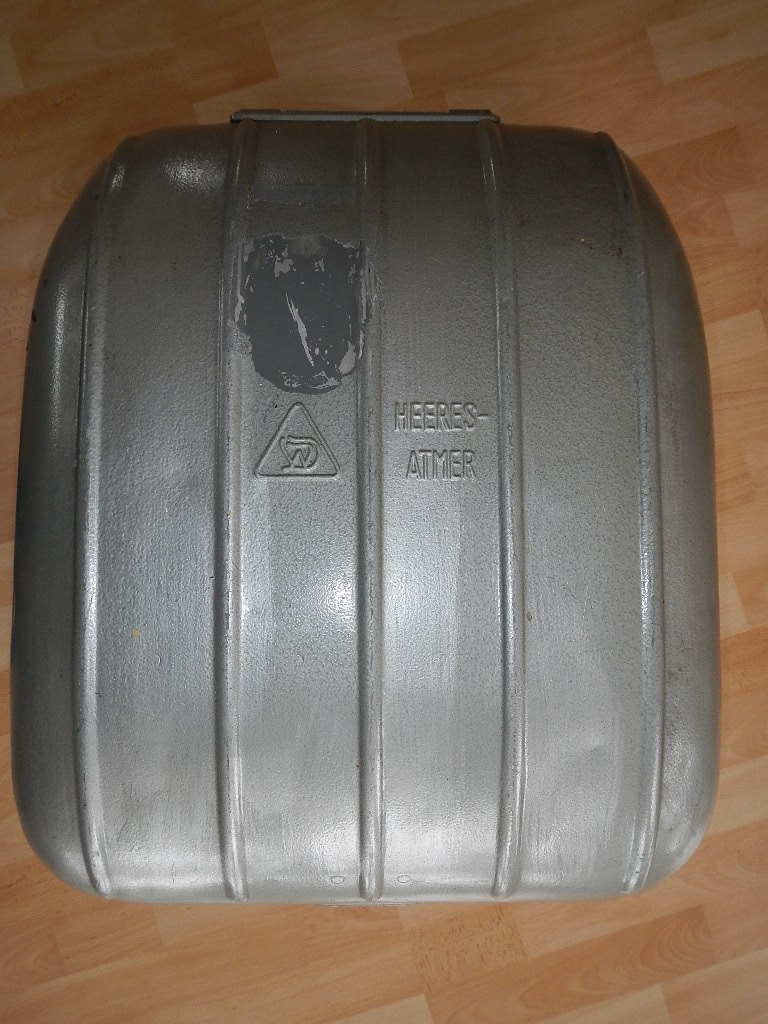
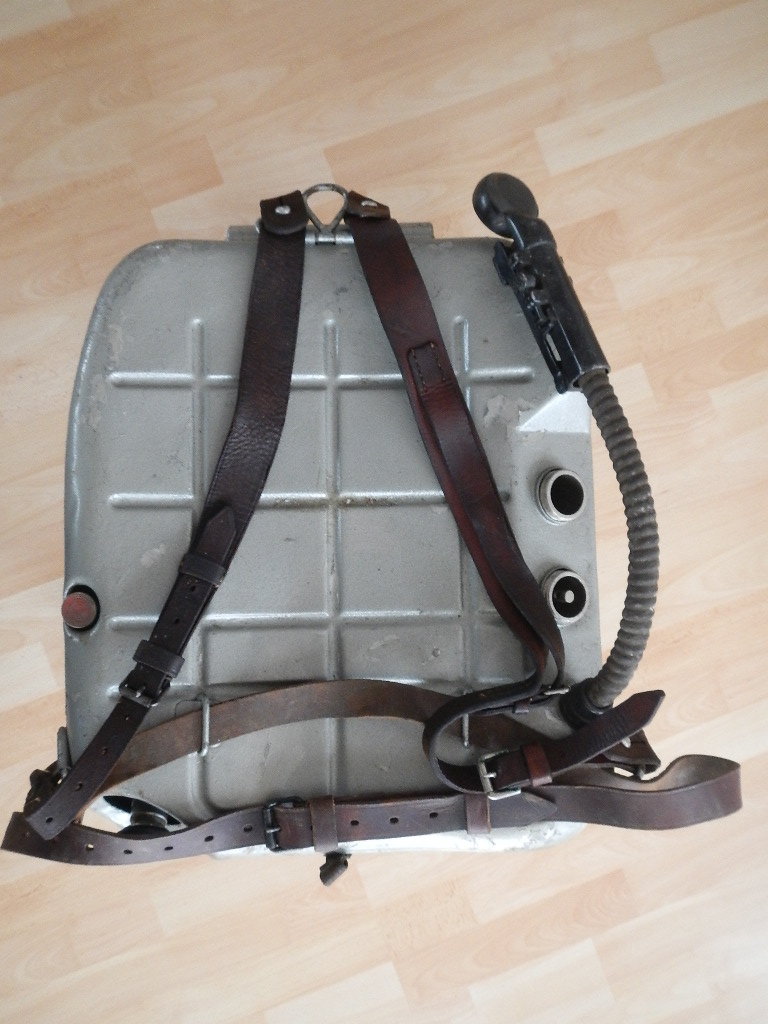
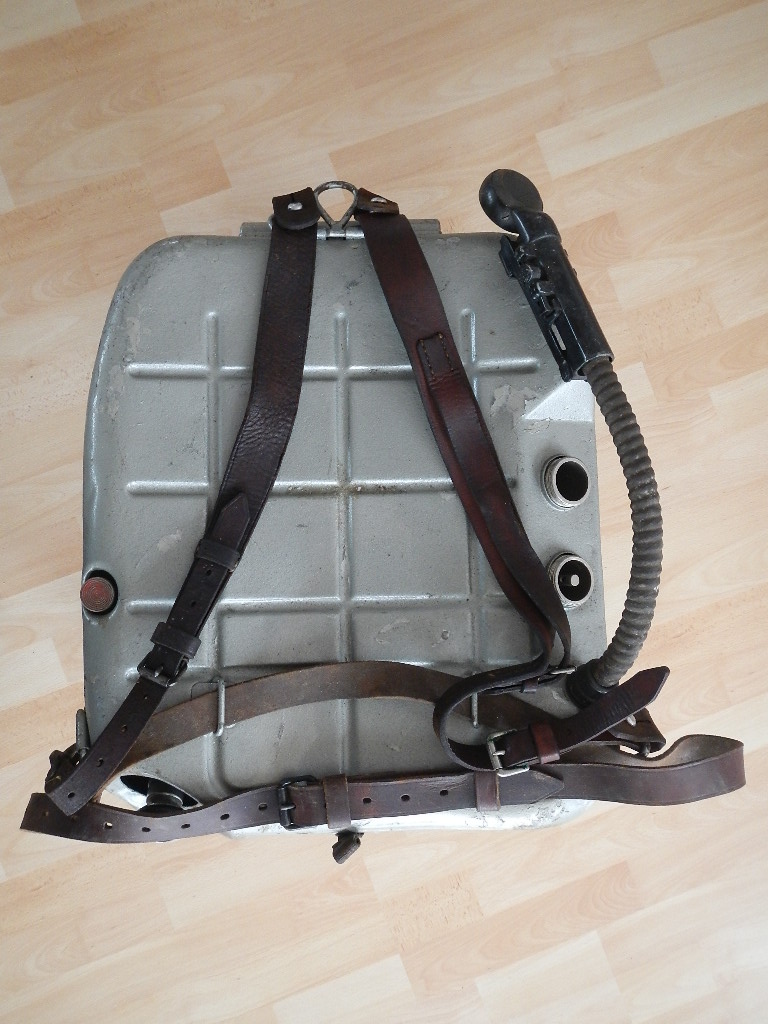
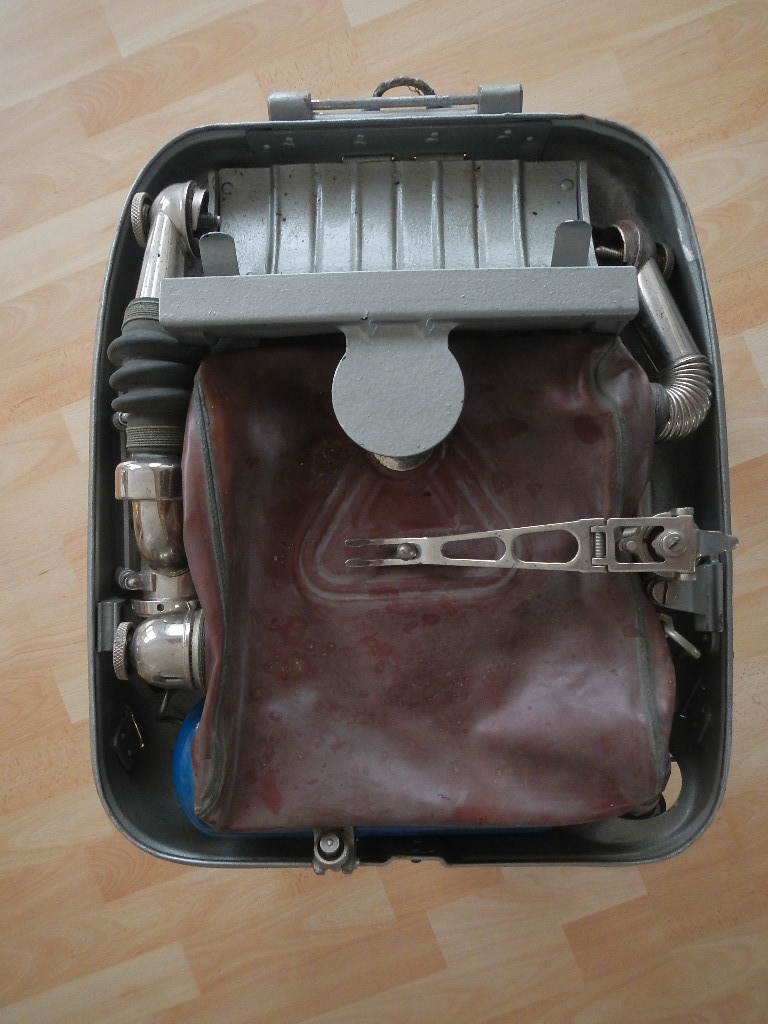
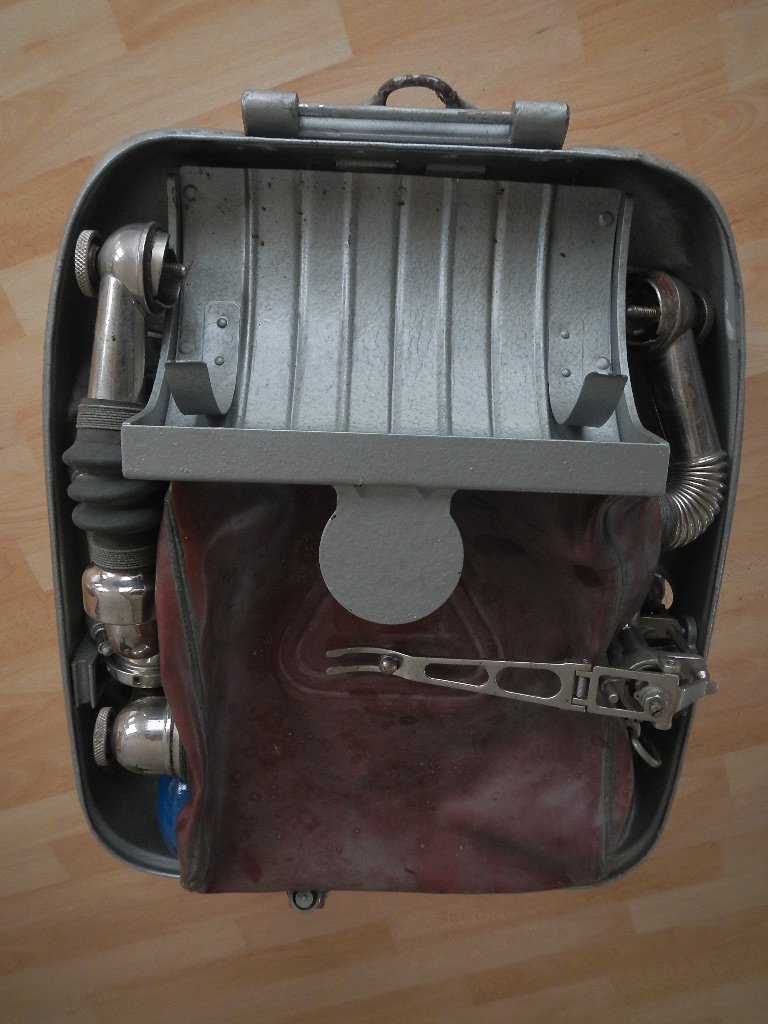
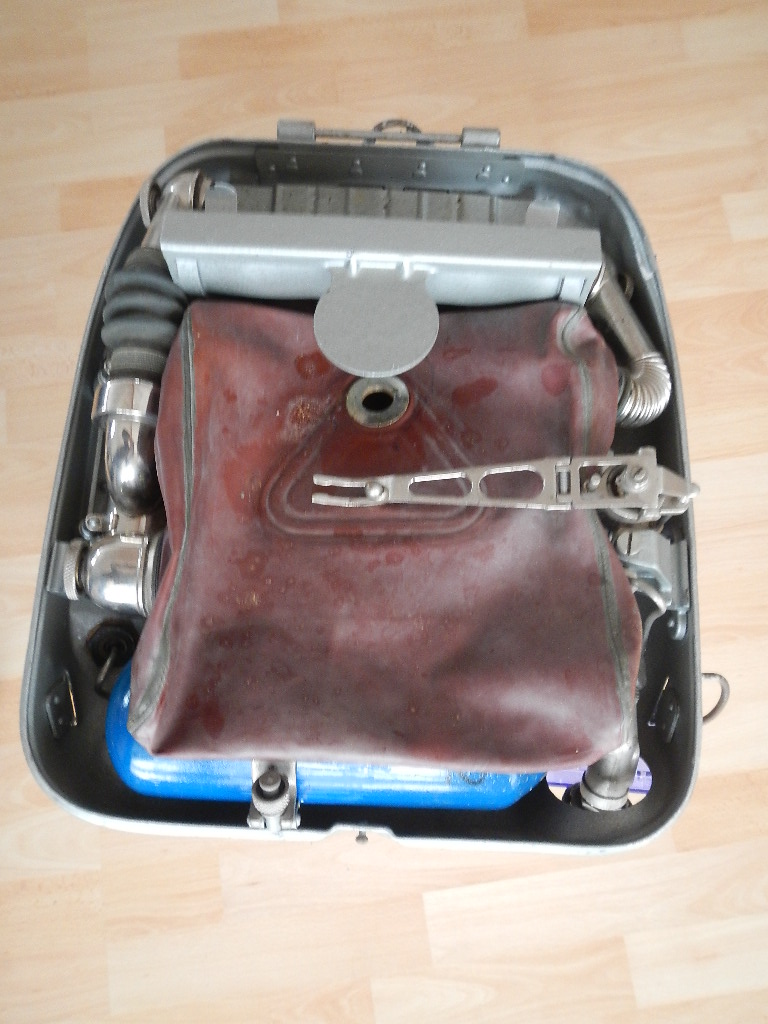
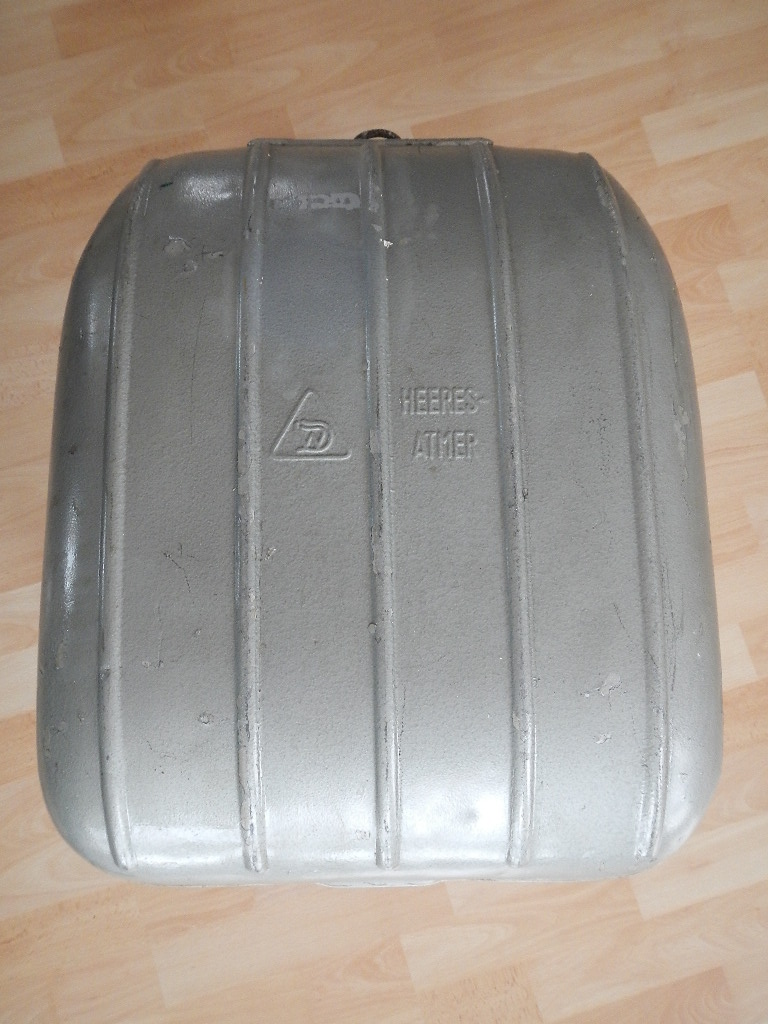
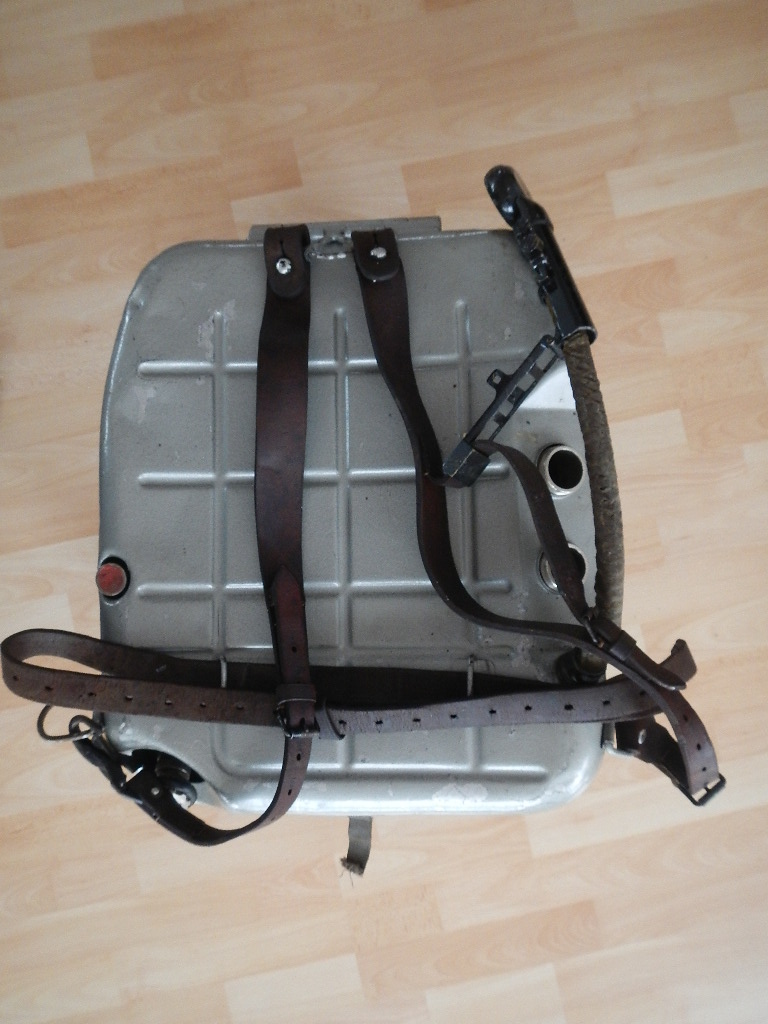
here the development of the Heeresatmer prototypes

Therebreathersite was founded by Jan Willem Bech in 1999. After a diving career of many years, he decided to start technical diving in 1999. He immediately noticed that at that time there was almost no website that contained the history of closed breathing systems. The start for the website led to a huge collection that offered about 1,300 pages of information until 2019. In 2019, a fresh start was made with the website now freely available online for everyone. Therebreathersite is a source of information for divers, researchers, technicians and students. I hope you enjoy browsing the content!
